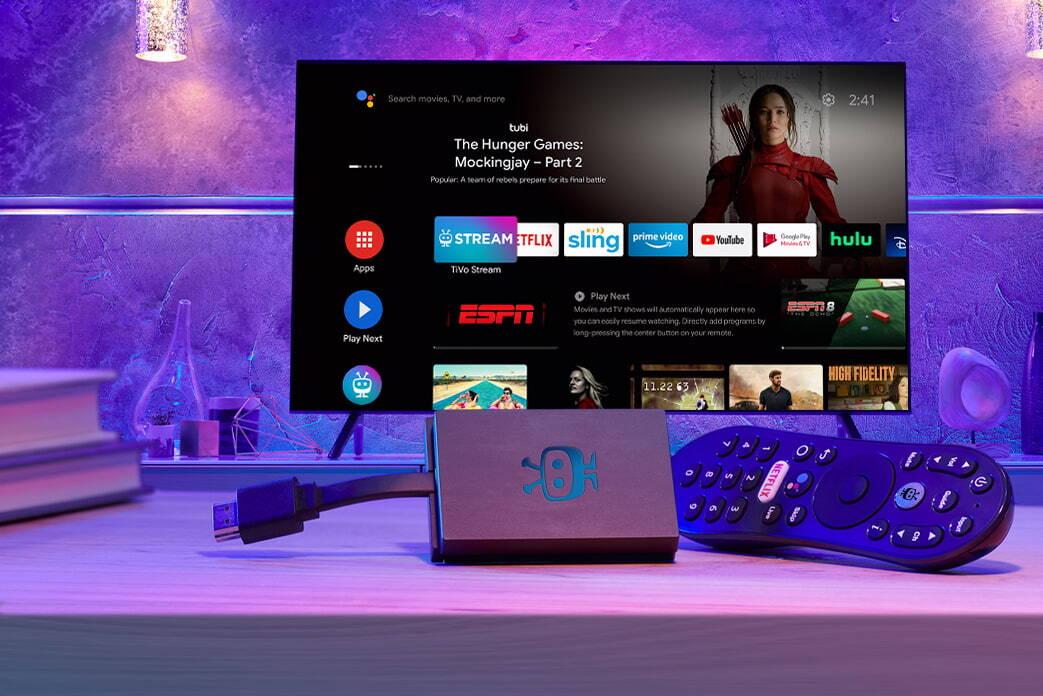In the era of ultra-high-definition entertainment, 4K resolution has become the gold standard for streaming, offering viewers unparalleled clarity and detail. However, to truly experience the full potential of 4K streaming, it is essential to optimize your settings for seamless playback. This article provides a comprehensive guide to fine-tuning your streaming setup, ensuring that you enjoy crisp visuals and smooth performance without interruptions. From adjusting bandwidth settings to configuring your display options, we will walk you through the steps necessary to enhance your viewing experience, making the most of your 4K-capable devices. Whether you’re a tech enthusiast or a casual viewer, these practical tips will help you unlock the ultimate in high-definition streaming.
Understanding the Basics of 4K Streaming
To fully appreciate the crisp clarity and vibrant colors that 4K streaming offers, it’s crucial to understand the fundamental requirements and settings. Bandwidth plays a pivotal role; a stable internet connection with a minimum speed of 25 Mbps is recommended for seamless 4K streaming. This ensures that your viewing experience is uninterrupted by buffering issues. Moreover, ensure that your streaming device and display support 4K resolution. This compatibility check is often overlooked but is essential for achieving the desired visual quality.
- Update Your Streaming App: Regular updates can enhance performance and fix bugs that might affect streaming quality.
- Adjust Bitrate Settings: Some platforms allow you to adjust bitrate settings. Opt for higher settings if your internet connection can handle it, as this will improve image quality.
- Use Wired Connections: While Wi-Fi is convenient, a wired Ethernet connection can provide a more stable and faster internet connection, which is beneficial for 4K streaming.
- Optimize Device Settings: Ensure that your device’s display settings are set to output in 4K. This can usually be adjusted in the settings menu under display or resolution options.
By paying attention to these factors, you can significantly enhance your 4K streaming experience, allowing you to enjoy your favorite content in stunning detail.

Choosing the Right Hardware for Optimal Performance
When striving for seamless 4K streaming, selecting the right hardware is paramount. A high-performance CPU is essential for handling the intensive processing demands of 4K content. Consider processors with multiple cores and high clock speeds to ensure smooth performance. Additionally, ample RAM is crucial for multitasking and maintaining the system’s responsiveness during streaming sessions. Aim for at least 16GB of RAM to accommodate the increased data flow.
- Graphics Card (GPU): A dedicated GPU is vital for rendering high-resolution video smoothly. Look for models with 4GB or more VRAM to support 4K resolution efficiently.
- Storage: Opt for a solid-state drive (SSD) rather than a traditional hard drive. SSDs offer faster data retrieval speeds, reducing buffering times and improving overall system performance.
- Network Adapter: Ensure you have a high-speed network adapter to handle the bandwidth requirements of 4K streaming. A Gigabit Ethernet connection is preferable for stable and fast internet access.
By focusing on these hardware components, you can enhance your streaming setup to deliver crisp, uninterrupted 4K content.

Configuring Software Settings for Enhanced Clarity
Achieving pristine 4K resolution requires more than just a high-quality screen; it’s essential to fine-tune your software settings for the ultimate visual experience. Start by adjusting your streaming service’s video quality settings. Many platforms offer options such as “Auto,” “High,” “Medium,” and “Low.” For 4K, ensure that the High or Ultra HD option is selected. This can typically be found in the settings menu under video or playback quality. Additionally, verify that your internet speed supports 4K streaming, which generally requires at least 25 Mbps for a seamless experience.
Next, consider configuring your device’s display settings. Make sure your display is set to the native resolution of 3840 x 2160 pixels. Check for any options related to HDR (High Dynamic Range) and enable it if available, as this will enhance color depth and contrast. Some devices offer settings to adjust color calibration; use these to ensure colors appear as intended. Remember to disable any unnecessary post-processing features, like motion smoothing, which can detract from the clarity of 4K content. By optimizing these settings, you’ll be well on your way to enjoying the crisp, detailed visuals that 4K resolution has to offer.
- Ensure streaming quality is set to High or Ultra HD
- Check internet speed: minimum 25 Mbps required
- Set display to native 3840 x 2160 resolution
- Enable HDR for enhanced color and contrast
- Disable motion smoothing for better clarity

Balancing Bitrate and Bandwidth for Smooth Playback
Achieving seamless playback at 4K resolution requires a fine-tuned balance between bitrate and bandwidth. The bitrate determines the quality of the video stream, while bandwidth is the amount of data your network can handle. A higher bitrate enhances video clarity but demands more bandwidth, which can lead to buffering if your network isn’t up to the task. To optimize your streaming settings, start by assessing your internet connection speed. Choose a bitrate that your bandwidth can support without interruptions.
- Test your internet speed using online tools to determine your available bandwidth.
- Adjust the bitrate settings in your streaming software or platform to match your bandwidth capacity.
- Consider using adaptive bitrate streaming, which automatically adjusts the video quality based on real-time network conditions.
By ensuring that your bitrate aligns with your available bandwidth, you can enjoy 4K content smoothly, without the frustration of constant buffering. Remember, the key is to find the sweet spot where your network and video quality coexist harmoniously.







































